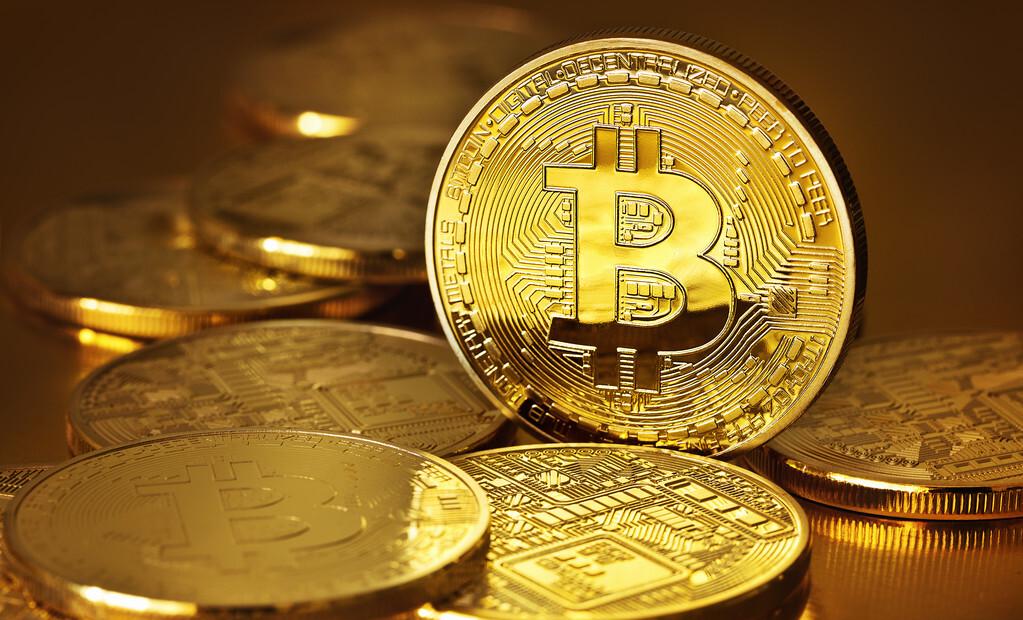
Why are NFTs so valuable?
To answer this question, I can choose to say emotionally and willfully "because I'm a fan and I like it". But on the rational side, this question is really an attempt to answer:
"From the perspective of investors in the crypto field, how to understand the logic of buying NFT art for collection or investment?"
I would like to discuss this with you in an easy-to-understand way. Of course, the views expressed herein are solely those of the author.
It took me about two years from the first exposure to NFT artwork to the first time I was touched by NFT artwork and persuaded myself to buy the collection. While learning to appreciate the work of big-name artists such as Beeple, the real journey to collect was because of a hashmasks that couldn't resist wanting to own.
The work depicts a man wearing a Picasso-style abstract mask holding an Alice in Wonderland book. Thinking back to my experience of inadvertently falling down the "rabbit hole" in the cryptocurrency space a few years ago, I feel as if I saw myself when I first entered the industry. Art needs emotional transmission, and it's nice to have such a feeling in the impetuous and cold crypto world, but what is art?
The British art theorist Gombrich began his book The Story of Art: "There is no such thing as capitalized art, only artists." "Why only artists? Different people have different understandings, but in any case, this tone makes it easier for ordinary people to understand the artist's entry into art history, and also emphasizes the importance of the role of the "artist".
In today's technocratic world, people prefer to call artists "Creators" or "Makers" – artists are "people who make things".
With the entry of non-homogeneous token (NFT) technology into the art field, the role of the crypto art field as a "person who makes things" has become more abundant, and the roles of crypto artists, curators, commentators, distribution platforms, etc. have also been derived.
If we believe this argument, it is difficult to talk about "NFT art" itself by isolating the scene in which each NFT is located and the various characters behind it. For the crypto art discussed in this article, we can even boldly imitate the sentence - "There is no such thing as so-called crypto art, only the people who make things and the people who own them."
While NFT digital collectibles can be copied at will, the unique properties of NFTs as an interchangeable asset make them scarce enough to drive demand. There can only be one "owner" and there will only be one. The owner doesn't necessarily own the copyright or the sole right to use it, but it owns something called Owership, which is exclusive, and the NFT collection, or NFT music, can only have one owner.
NFT multidimensional applications
Take NFT art, for example.
The application of blockchain technology can ensure the scarcity of digital currency, eliminate the process of trusting central institutions, and also eliminate fixed fees such as venue fees and appraisal fees, which largely solves the problem of high fees for galleries in the traditional art field.
Blockchain technology brings far more than new art forms and reduced transaction costs, its verification of provenance can even determine whether works can be successfully sold, and also provides a satisfactory solution to the problem of digital scarcity, allowing creators to accurately price their works for the first time in history, and distribute and trade them securely. These platforms also provide collectors and lovers of digital art with more convenient and inexpensive access to collecting and appreciating their works.
NFTs allow artists to monetize their work in a new way, reduce middlemen who earn high commissions and other fees, and build direct connections with supporters and fans.
The hobby of art collection is no longer limited to mainstream art, as long as the value of the creator's art work is recognized, a collection purchase can be made.
In addition to artwork, NFTs also deserve something musically. As digital trends continue to dominate traditional industries, platforms such as Spotify and Soundcloud have created new channels for musicians to monetize their musical productions and increase exposure. NFT offers a similar solution through blockchain technology, allowing musicians to attract fans and earn more revenue in entirely new ways.
How NFTs go long.
Emotion and finance are key to influencing the value of NFTs.
With the increasing application of NFTs and the continuous expansion of transaction volumes, the unlimited value behind NFTs has also been noticed by more people. But tech frenzy is often accompanied by risks, which can one day become obsolete fashion and trigger speculative bubbles.
NFTs can inspire new art forms, but if the value of art is purely its scarcity, then limited distribution and artist access are top priorities.
The image data comes from Ouyi OKEx
#Ouyi OKEx##Digital Currency##比特币[Super Talk] #